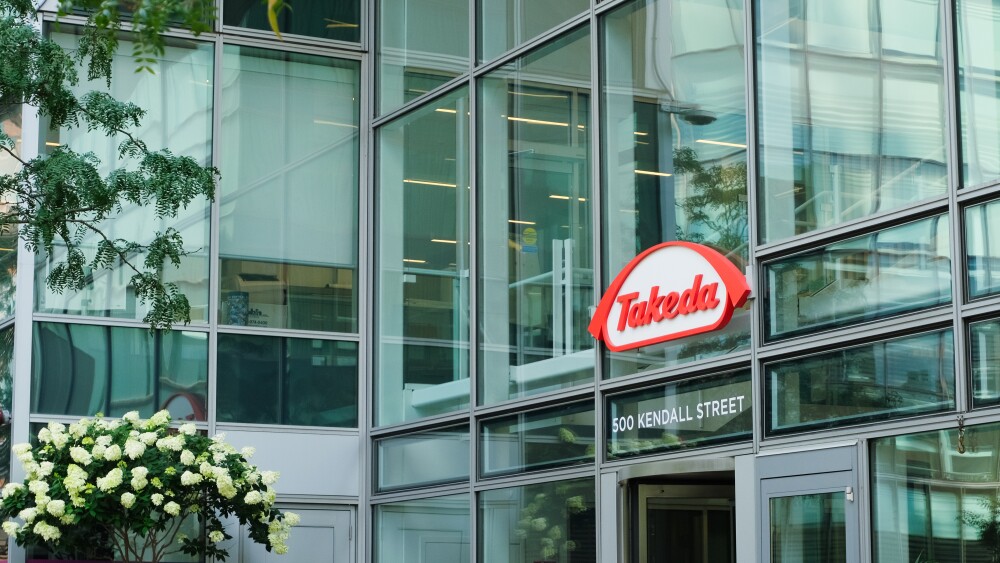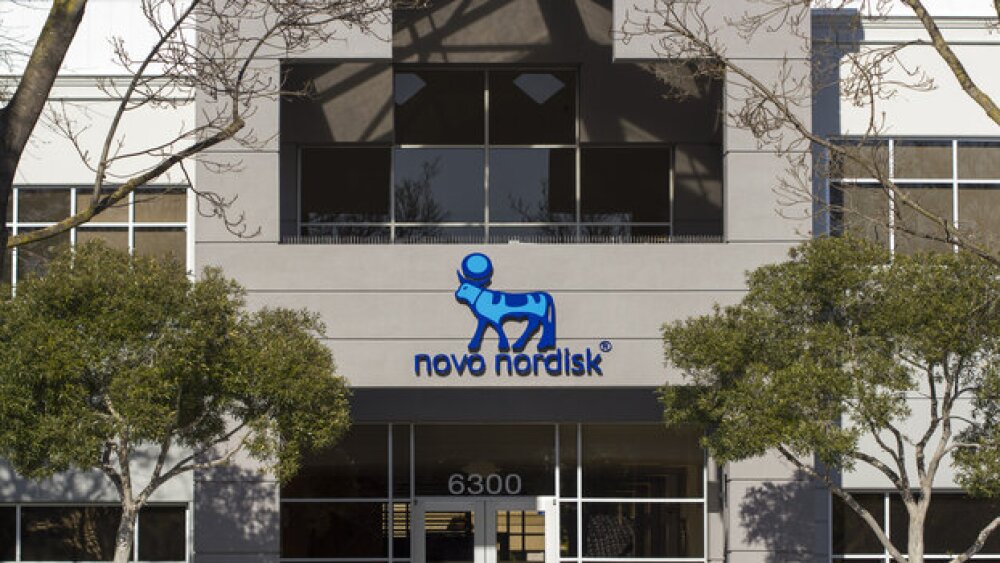The U.S. Centers for Disease Control and Prevention (CDC) notified the public health departments in all 50 states and five large cities to prepare for the possibility of distribution of a COVID-19 vaccine by November 1.
The U.S. Centers for Disease Control and Prevention (CDC) notified the public health departments in all 50 states and five large cities to prepare for the possibility of distribution of a COVID-19 vaccine by November 1. In August, Operation Warp Speed, the U.S. government program to coordinate and speed the development and delivery of a vaccine against COVID-19, chose McKesson Corp. to help distribute the vaccines. This was, the CDC’s director, Robert Redfield, said at the time “another building block in place.” The new announcement would seem to be yet another piece in that infrastructure.
As part of this implementation, the CDC indicated that states may have to waive some of the typical licensing and permit requirements that might slow the process down.
“The normal time required to obtain these permits presents a significant barrier to the success of this urgent public health program,” the CDC wrote in a letter to state governors. “CDC urgently requests your assistance in expediting applications for these distribution facilities and, if necessary, asks that you consider waiving requirements that would prevent these facilities from becoming fully operational by November 1, 2020.”
Redfield emphasized that the licensing wavers “will not compromise the safety or integrity of the products being distributed. Your assistance in helping expedite the issuance of necessary licenses and permits required for the distribution centers to become operational will be critical to the success of this public health effort to mitigate the threat presented by COVID-19.”
The concern, of course, is that this will be viewed as the U.S. government rushing a vaccine to the market, shortcutting efficacy and safety. There are also concerns that the Trump administration is doing so as an “October surprise” ahead of the November 3 presidential election.
Both Anthony Fauci, the director of the U.S. National Institute of Allergy and Infectious Diseases (NIAID) and Stephen Hahn, director of the U.S. Food and Drug Administration (FDA), have publicly stated in recent weeks that there is a possibility of an emergency use authorization (EUA) for a viable vaccine that would be made available for specific groups before clinical trials have been completed, if the data is positive enough.
Those statements have created some tension with experts and public health officials. Former FDA Commissioner Scott Gottlieb criticized Hahn’s assertions, noting that, “These Phase III trials are event-based trials, meaning that they’re going to start to read out data after a certain amount of events accrue in the clinical trials. And those events are people getting COVID infection. And so as the trials progress, if we start to see lower rates of COVID infection in the active group, the group that receives the vaccine versus the placebo group, the group that hasn’t received the vaccine.”
Nonetheless, Operation Warp Speed, the CDC and the FDA, as well as the companies involved in developing and manufacturing the vaccines, are trying to put all the infrastructure in place to have the vaccine available and distributed as soon as it is available and receives either EUA or full approval. Full approval is probably unlikely until sometime in early to mid-2021, with some experts noting that it would typically require at least a full year of safety follow-up.
The New York Times notes that, “For an administration that has struggled with the logistical challenges of containing the coronavirus, the distribution of millions of vaccines that must be stored in subzero temperatures and provided first to high-risk groups through America’s flawed, fragmented health care system would be a daunting challenge.”
The CDC guidelines acknowledge that the plan is hypothetical and built on a need to begin organizing the effort. The plan describes technical specifications for two candidate vaccines, Vaccine A and Vaccine B, and those include specifications for shipping, mixing, storage and administrations.
The guidance prioritizes health care professionals, including long-term care staffers, as the first to receive a vaccine, along with essential workers and national security employees. In addition, people 65 years or older, Native Americans and individuals who are from “racial and ethnic minority populations” or incarcerated, who would be at greater risk of becoming infected, are prioritized.
Cedric Dark, an emergency medicine physician at Baylor College of Medicine in Texas told The New York Times this was a positive development, “so it doesn’t just all wind up in high-income, affluent suburbs.”





